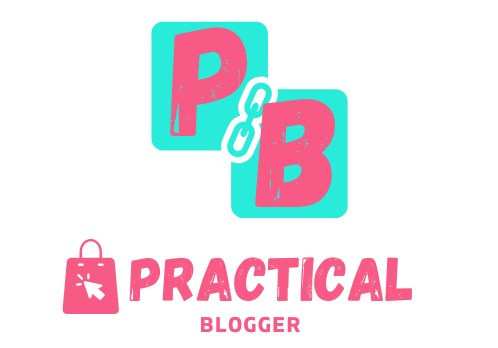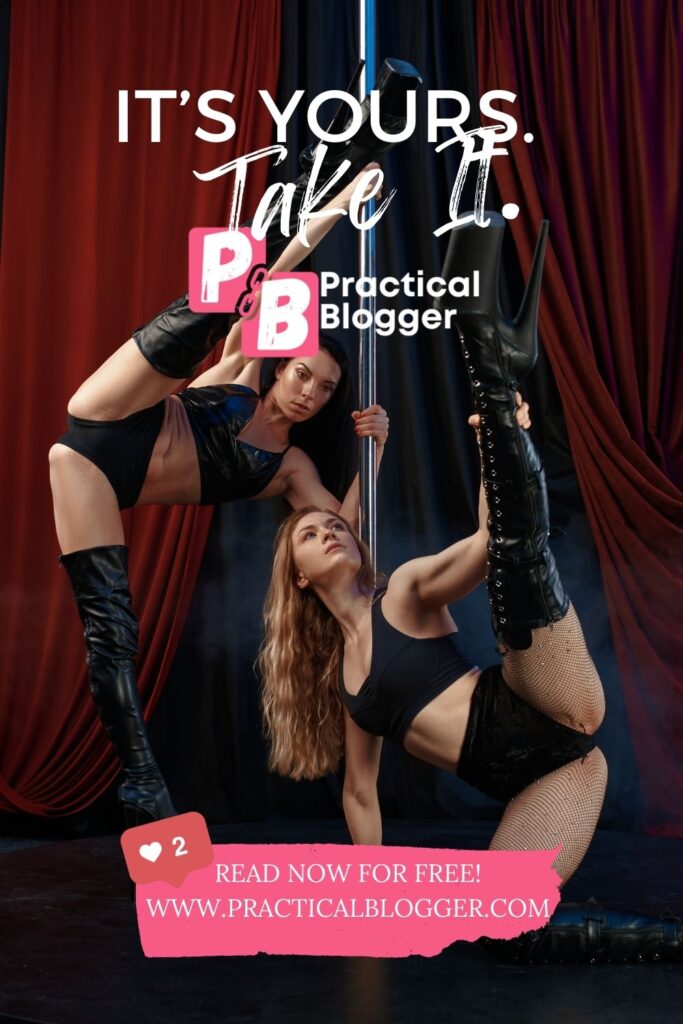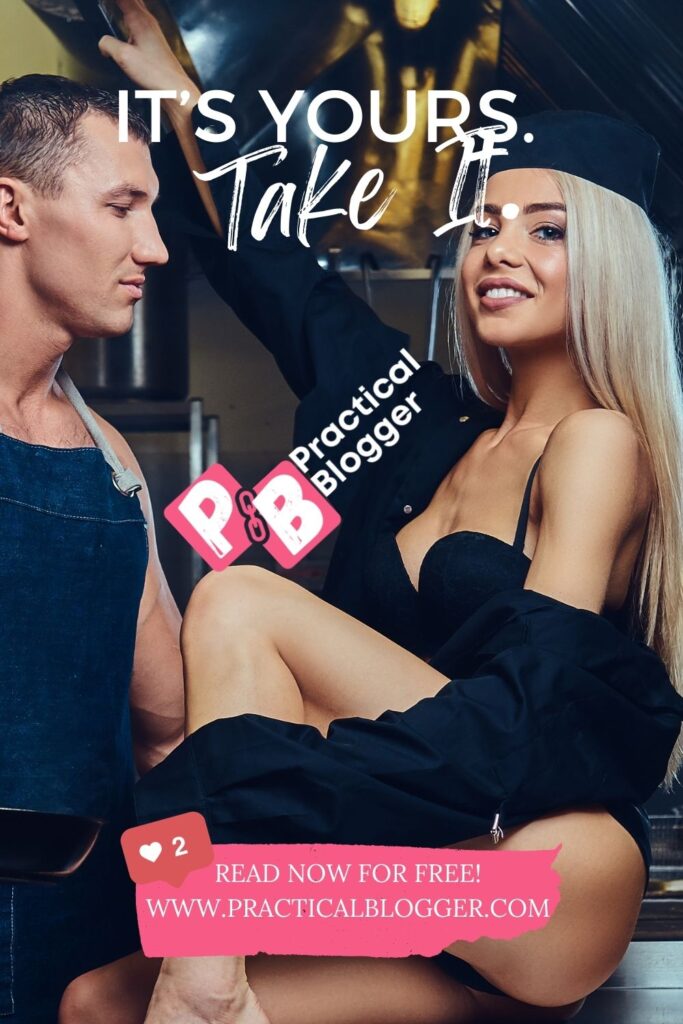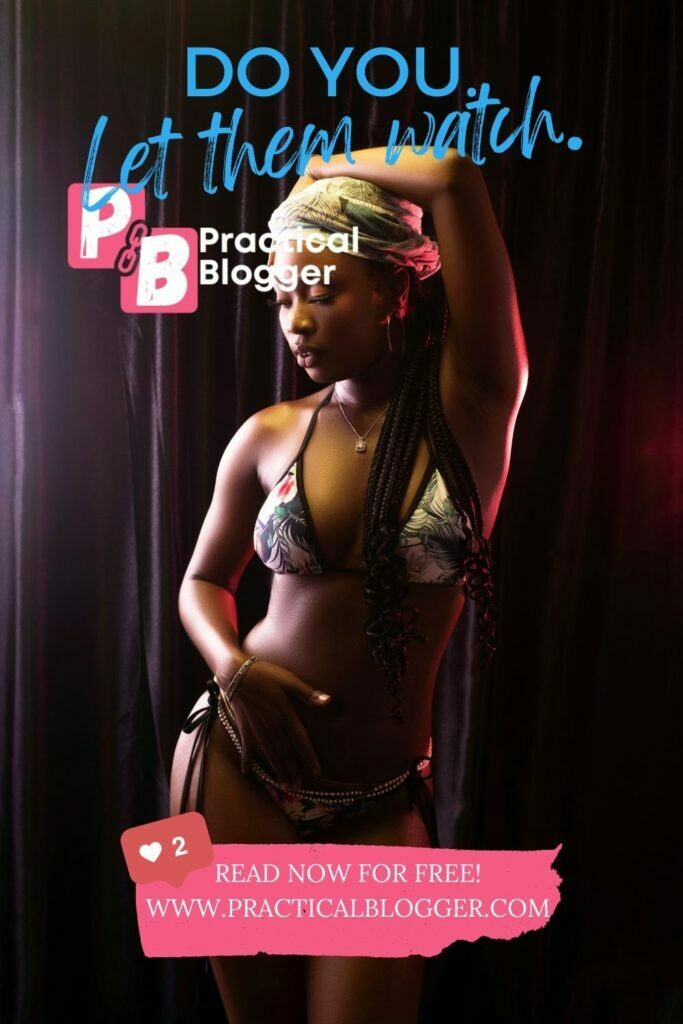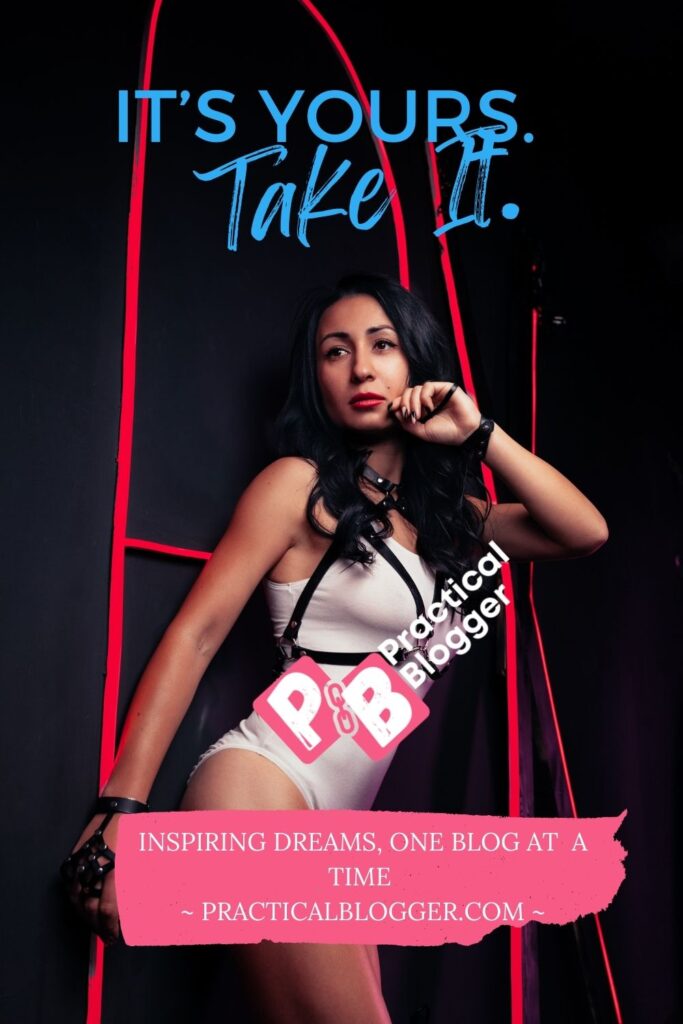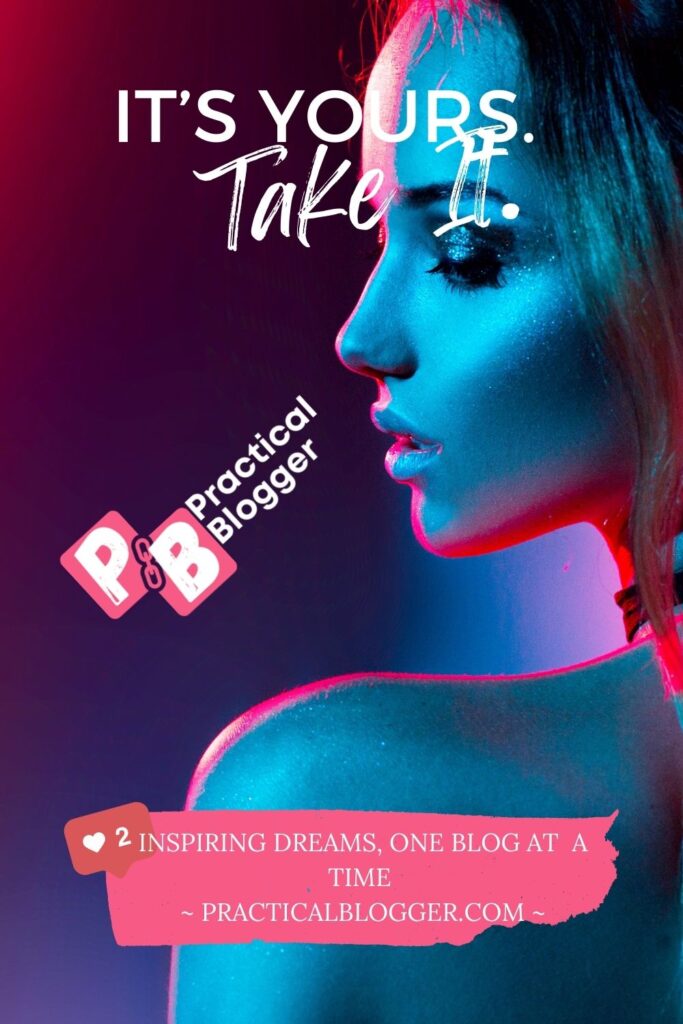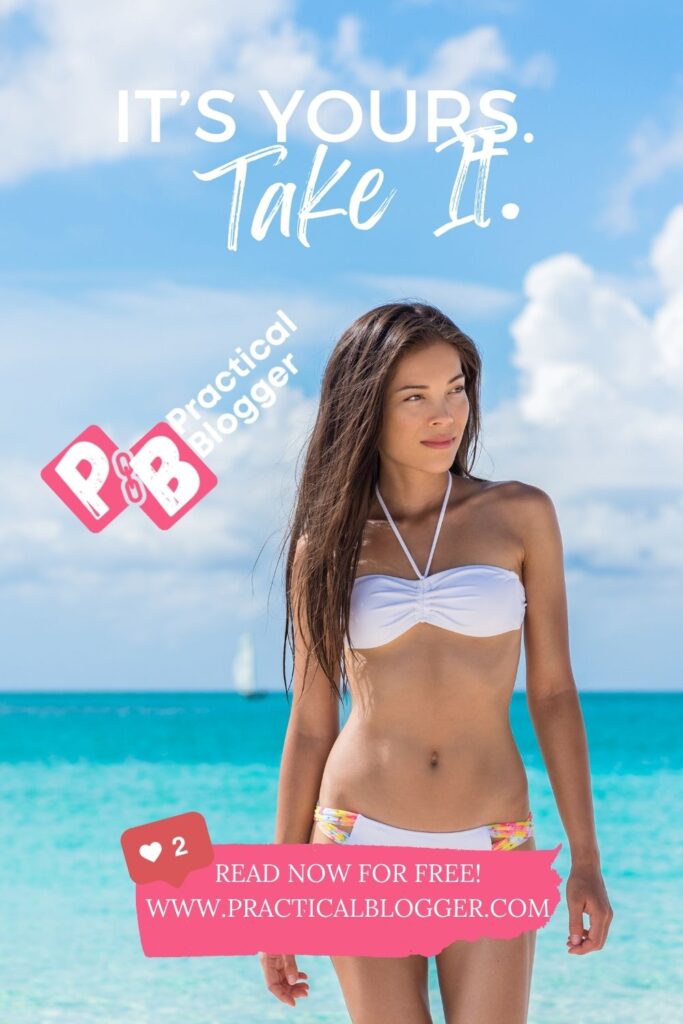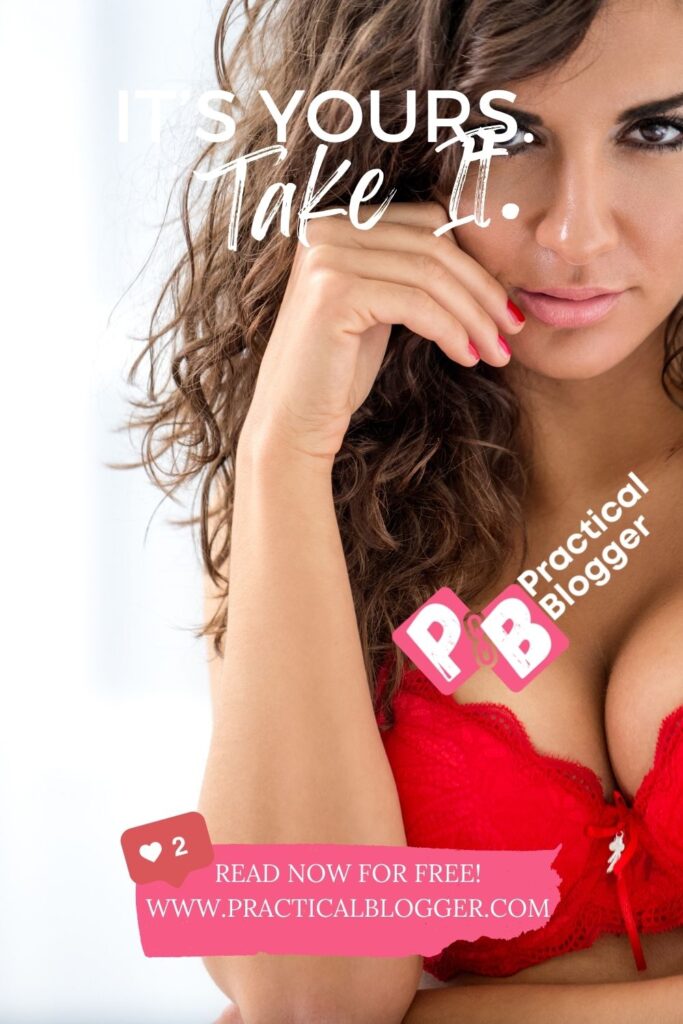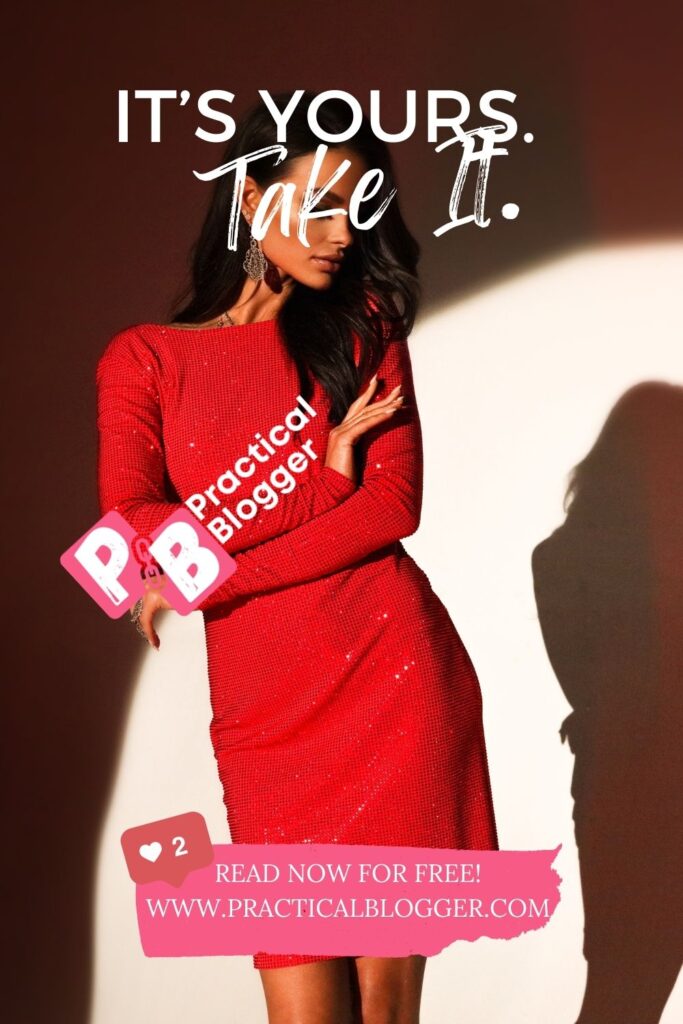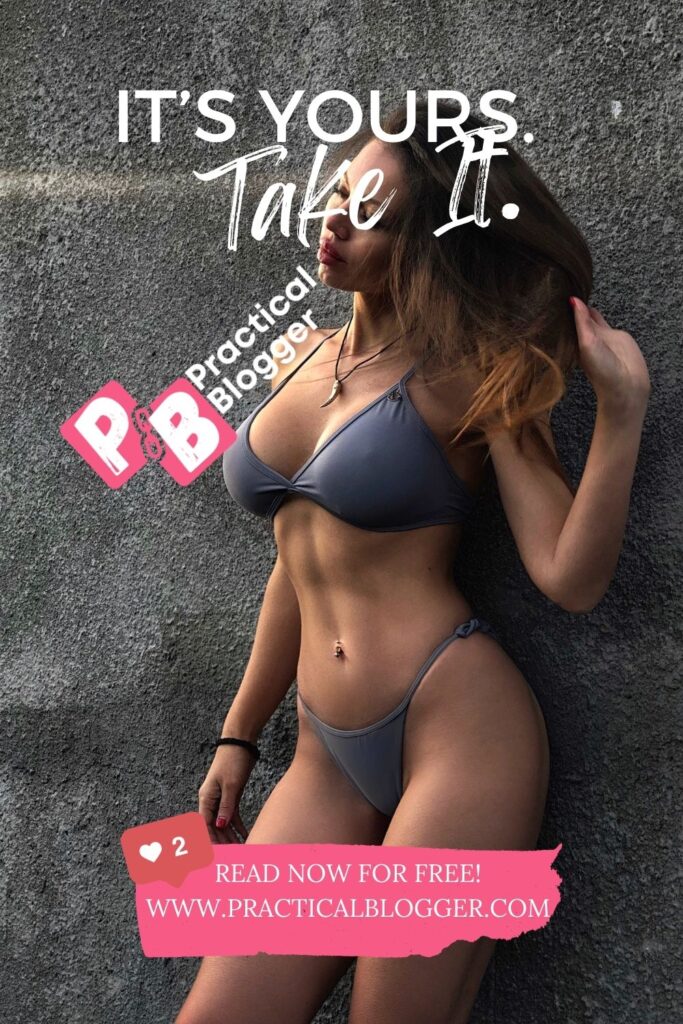Discover the art and science of blog design! Learn how to create a visually stunning and user-friendly website with our comprehensive guide. Explore essential tips, trends, and tools to enhance your blog’s aesthetic appeal and user experience.
- Introduction to Blog Design
- Understanding the Fundamentals of Blog Design
- Aesthetics and Visual Appeal of Blog Design
- User Experience (UX) Optimization
- Staying on Trend with Blog Design
- Essential Tools for Blog Design
- SEO Considerations for Blog Design
- Measuring Success and Iterating
- Blog Design: Overview
- Ready to Transform Your Blog’s Design?
- FAQ: Blog Design Essentials
- Best Content for Book Lovers from Practical Blogger!
Introduction to Blog Design
In today’s digital age, blogs have become more than just personal online diaries; they are powerful platforms for sharing information, expressing creativity, and even building businesses. However, in this crowded online landscape, the importance of blog design cannot be overstated. Your blog’s design is the first impression you make on visitors, and it plays a crucial role in determining whether they stay, explore, and engage with your content.
This comprehensive guide will take you through the art and science of blog design, covering everything from aesthetics and user experience to the latest trends and essential tools. Whether you’re starting a new blog or looking to revamp your existing one, this article will equip you with the knowledge and strategies needed to create a visually stunning and user-friendly website that stands out from the competition.
Understanding the Fundamentals of Blog Design
Before delving into the specifics of blog design, it’s essential to grasp the foundational principles that guide effective web design. These principles will serve as the building blocks for creating an attractive and functional blog.
- Visual Hierarchy: Establishing a clear visual hierarchy is crucial. It helps guide your visitors’ attention to the most important elements, such as your headline, featured images, and call-to-action buttons.
- Typography: Choose fonts that are easy to read and align with your blog’s personality. A well-chosen font can enhance the overall aesthetics and readability of your content.
- Color Palette: Select a harmonious color palette that reflects your brand or blog’s theme. Colors have a profound impact on emotions and can influence how visitors perceive your content.
- Whitespace: Don’t underestimate the power of whitespace. It gives your content room to breathe and ensures a clutter-free, pleasant reading experience.
- Responsive Design: With the increasing use of mobile devices, responsive design is non-negotiable. Your blog must adapt seamlessly to various screen sizes for a consistent user experience.
- Loading Speed: Slow-loading websites can drive visitors away. Optimize your blog’s performance by compressing images, minimizing scripts, and utilizing content delivery networks (CDNs).
Aesthetics and Visual Appeal of Blog Design
One of the primary reasons visitors decide to stay or leave your blog is its visual appeal. A well-designed blog can captivate readers and make a lasting impression.
Here are some tips to enhance the aesthetics of your blog:
- High-Quality Images: Use high-resolution images that are relevant to your content. Invest in professional photography or use reputable stock photo sources to ensure your visuals are top-notch.
- Consistent Branding: Maintain a consistent visual identity across your blog, including logos, color schemes, and typography. Consistency fosters brand recognition and trust.
- Whitespace Usage: As mentioned earlier, whitespace is essential. It not only improves readability but also lends an elegant and clean look to your blog.
- Custom Graphics: Consider creating custom graphics or illustrations that resonate with your content. Unique visuals can set your blog apart and make it more memorable.
- Font Pairing: Choose font combinations that complement each other. A popular choice is pairing a serif font with a sans-serif font for a balanced look.
- Minimalist Design: Minimalism is a timeless design trend. Simplify your blog’s layout and focus on the essentials to create a modern and elegant appearance.
- User-Friendly Navigation: Make sure your blog’s navigation is intuitive and user-friendly. A well-organized menu and clear navigation paths enhance the user experience.
User Experience (UX) Optimization
A visually appealing blog is only half the battle; you must also prioritize user experience. An excellent UX ensures that visitors can easily navigate your blog, find what they’re looking for, and have a seamless interaction.
Here’s how to optimize UX:
- Clear Information Architecture: Organize your content logically. Use categories, tags, and a user-friendly menu structure to help visitors find relevant articles.
- Readability: Ensure your text is easy to read. Use legible font sizes, line spacing, and contrast between text and background.
- Mobile Responsiveness: Test your blog on various devices to ensure it functions well and looks good on smartphones and tablets.
- Page Speed: Improve loading times by optimizing images, minimizing code, and leveraging browser caching. A fast-loading site keeps visitors engaged.
- Easy Contact: Provide a clear and accessible way for visitors to contact you. Include a contact form, email address, or social media links.
- Interactive Elements: Incorporate interactive elements such as polls, quizzes, or comment sections to engage your audience and encourage participation.
- Accessibility: Ensure your blog is accessible to all users, including those with disabilities. Use alt text for images, provide transcripts for videos, and follow web accessibility guidelines.
Staying on Trend with Blog Design
Web design trends evolve rapidly, and it’s essential to stay current to keep your blog fresh and appealing.
Here are some recent trends to consider:
- Dark Mode: Offering a dark mode option not only looks sleek but can reduce eye strain for users who prefer it.
- Minimalistic Color Palettes: Many modern blogs are embracing minimalistic color schemes with just a few carefully selected hues.
- Microinteractions: Microinteractions are subtle animations or effects that respond to user actions. They can add depth and interactivity to your blog.
- Custom Illustrations and Icons: Unique, hand-drawn illustrations and icons can inject personality into your blog’s design.
- Asymmetry: Breaking away from the conventional grid layout can create a distinctive and dynamic appearance.
- Video Headers: Instead of static images, some blogs are using video headers to grab visitors’ attention.
- Bold Typography: Oversized and bold typography is a trend that can make a strong visual statement.
Essential Tools for Blog Design
To execute your blog design effectively, you’ll need the right tools.
Here are some essential blog design tools to consider:
- Content Management System (CMS): Popular CMS options like WordPress, Drupal, or Joomla provide a solid foundation for your blog.
- Website Builders: Platforms like Wix, Squarespace, and Weebly offer user-friendly website builders with customizable templates.
- Page Builders: Plugins like Elementor and Divi for WordPress enable drag-and-drop design customization.
- Graphic Design Tools: Adobe Creative Cloud (Photoshop, Illustrator) or free alternatives like Canva for creating graphics and images.
- Stock Photos and Icons: Websites like Shutterstock, Unsplash, and Icons8 provide a vast selection of visuals.
- Typography Resources: Google Fonts and Adobe Fonts offer a wide range of fonts for web use.
- Analytics Tools: Tools like Google Analytics help you track visitor behavior and make data-driven design decisions.
- Responsive Design Testing Tools: Platforms like BrowserStack help you test your blog’s responsiveness across different devices and browsers.
SEO Considerations for Blog Design
An aesthetically pleasing and user-friendly blog design alone won’t attract readers. Search engine optimization (SEO) is critical for driving organic traffic. Incorporating SEO into your blog design can significantly impact its success.
Here’s what you need to know about SEO for blog design:
- Keyword Research: Identify relevant keywords for your niche and incorporate them naturally into your content, headings, and meta descriptions.
- Optimize Images: Use descriptive file names and alt tags for images to improve accessibility and SEO.
- Mobile-Friendly Design: Google prioritizes mobile-friendly websites in its search results, so ensure your blog is responsive.
- Page Speed: As mentioned earlier, a fast-loading website is essential for both user experience and SEO.
- Schema Markup: Implement schema markup to provide search engines with additional context about your content, potentially leading to rich snippets in search results.
- Internal Linking: Strategically link to other relevant articles within your blog to keep visitors engaged and improve SEO.
- XML Sitemap: Generate an XML sitemap to help search engines crawl and index your site efficiently.
- Regular Content Updates: Consistently publish fresh and valuable content to keep your blog relevant and improve search engine rankings.
Measuring Success and Iterating
Once your blog design is live, it’s essential to measure its success and make improvements over time.
Here are some key performance indicators (KPIs) to track:
- Traffic: Monitor your blog’s overall traffic, including the number of visitors, page views, and bounce rate.
- Conversion Rate: Measure the rate at which visitors take desired actions, such as signing up for your newsletter or making a purchase.
- User Feedback: Collect feedback from users through surveys, comments, or social media to understand their experience better.
- SEO Rankings: Keep an eye on your blog’s search engine rankings for targeted keywords.
- Loading Speed: Regularly test your blog’s loading speed and make improvements as needed.
- Social Engagement: Track social media shares, likes, and comments to gauge the popularity of your content.
- Heatmaps: Use heatmaps to visualize user behavior and identify areas for improvement in your blog’s design and layout.
- A/B Testing: Experiment with different design elements and layouts to see which ones perform better with your audience.
Remember that blog design is not a one-time task but an ongoing process of refinement. Continuously gather data and feedback to make informed design decisions that enhance the user experience and drive your blog’s success.
Blog Design: Overview
In the world of blogging, your design choices can make or break your website’s success. A visually stunning and user-friendly blog not only captures the attention of visitors but also keeps them engaged and encourages them to return. By understanding the fundamentals of blog design, embracing current trends, and optimizing for SEO, you can create a blog that stands out in a crowded digital landscape.
Now that you’ve learned the art and science of blog design, it’s time to put your knowledge into action. Start by assessing your current blog’s design, identifying areas for improvement, and implementing the strategies and tools discussed in this guide. With dedication and creativity, you can create a blog that not only looks fantastic but also delivers an exceptional user experience.
Your blog’s design is the canvas upon which your content is displayed. Make it a masterpiece.
Ready to Transform Your Blog’s Design?
Ready to transform your blog into a visually stunning and user-friendly platform? Start by evaluating your current blog design and implementing the tips and tools discussed in this guide. Remember, the art of blog design is an ongoing journey of improvement. Keep experimenting, stay up-to-date with design trends, and prioritize user experience. Your blog’s success is just a design away!
If you have any questions or need further assistance with blog design, feel free to reach out to us. We’re here to help you create a blog that leaves a lasting impression on your audience. Happy designing!
FAQ: Blog Design Essentials
Blog design refers to the visual and structural elements that make up a blog’s appearance and layout. It includes aspects such as typography, color schemes, images, navigation menus, and overall aesthetics. Blog design is crucial because it forms the first impression on visitors, affects user experience, and can impact how well your content is received.
Select a color palette that aligns with your blog’s theme or brand identity. Consider your target audience and the emotions you want to evoke. Tools like Adobe Color Wheel or online color palette generators can help you find harmonious color combinations.
The choice of fonts depends on your blog’s style and audience. Generally, it’s recommended to use readable and web-safe fonts. A combination of a serif font (e.g., Times New Roman) for body text and a sans-serif font (e.g., Arial) for headings often works well. Google Fonts offers a vast selection of web fonts for free.
To make your blog mobile-friendly, choose a responsive design theme or template. Test your blog on various devices to ensure it displays correctly and functions smoothly. Prioritize legibility, touch-friendly navigation, and fast loading times on mobile.
Loading speed is crucial because slow-loading websites can lead to higher bounce rates and a negative user experience. To improve loading speed, optimize images, minimize unnecessary scripts, and leverage content delivery networks (CDNs).
Microinteractions are subtle animations or interactive effects that respond to user actions, such as hovering over a button or clicking on an icon. They can enhance user engagement and provide feedback, making the browsing experience more enjoyable.
To ensure accessibility, follow web accessibility guidelines (e.g., WCAG) and practices. Provide alt text for images, transcripts for multimedia content, and keyboard navigation options. Test your blog with screen readers to identify and address accessibility issues.
Schema markup is a structured data format that provides additional information to search engines about the content on your website. Implementing schema markup can result in rich snippets in search results, making your blog more appealing and informative to users, which can improve click-through rates.
– Content Management Systems (CMS): WordPress, Drupal, Joomla
– Website Builders: Wix, Squarespace, Weebly
– Page Builders: Elementor, Divi (for WordPress)
– Graphic Design Tools: Adobe Creative Cloud, Canva
– Stock Photos and Icons: Shutterstock, Unsplash, Icons8
– Typography Resources: Google Fonts, Adobe Fonts
– Analytics Tools: Google Analytics
– Responsive Design Testing Tools: BrowserStack
Blog design updates depend on your specific goals and the evolving trends in web design. Major design overhauls may occur every few years, while minor tweaks and adjustments can be made more frequently. Regularly assess your blog’s performance and user feedback to determine when updates are needed.
Remember that blog design is a dynamic aspect of your online presence. Stay open to feedback, keep an eye on emerging design trends, and be willing to adapt to meet the changing needs and preferences of your audience.
Want the most updated list of best-selling books and authors? Get the most updated list of books on the Amazon Bestseller List here.
Best Content for Book Lovers from Practical Blogger!
- 23+ Best Gifts for Book Lovers
- The Best Books of 2023: A List of Must-Read Fiction and Nonfiction
- Top 10 Books on Psychology
- The Ultimate List of Books to Read: A Readers Guide
- Amazon Best Sellers: Top Selling Products on Amazon
- 10 Best Stephen King Books of All Time
- Book Review: The Psychology of Money: A Timeless Guide to Wealth and Greed
- How to Sell Books on Amazon and Make Money
- Audiobooks on Spotify: Complete Guide
- 20 Best Audiobooks on Spotify
- The New York Times Bestseller List: A Guide to the Most Popular Books in America
- Famous Writers: A List of the Most Influential and Acclaimed Authors of All Time
- 10 Most Famous Writers of All Time
- The Best Harry Potter Books: A Ranking of the Seven Books in the Series
- The 7 Best Harry Potter Books, Ranked
- 20 Famous American Authors You Should Read
- 10 Best Authors of All Time: Their Books and Why You Should Read Them
- 10 Famous Short Stories That Everyone Should Read
You might also like:
- GoHighLevel Snapshots for Sale: A Buyer’s Guide
- How to Create Snapshots in GoHighLevel to Save Time and Streamline Your Workflow
- GoHighLevel Login Tips and Tricks: The Ultimate Guide
- How to Use GoHighLevel to Grow Your Business
- How to Become a GoHighLevel Top Affiliate and Earn Passive Income
- GoHighLevel Pricing Plans: A Comprehensive Guide
- GoHighLevel Support: Get Help 24/7
- Related Reading: Why Start a Blog: Purpose and Benefits
- Related Reading: How Blogging Can Help You Discover Your Passion and Life Purpose
- Related Reading: How to Find Motivation to Start a Blog
- Related Reading: Identifying Personal and Professional Goals for Your Blog
Mastering the Art of Auto Blogging: Your Ultimate Guide to Automating Content Creation
Ultimate Guide to Blogging: Tips, Strategies, and More
11 Proven Ways to Make Money Blogging in 2023: The Ultimate Guide
10 Ways to Earn Income Through Blogging (Even If You’re Just Starting Out)
Successful Blogger: How Blogging Drives Personal and Career Growth
Turning Passion into Profit: Blog Monetization Strategies for Success
Unlocking the Potential: How to Quickly Make Money – Strategies, Tips, and Caveats
How to Quickly Make Money: 10 Proven Methods for Fast Cash
How to Make Passive Income: Ultimate Guide to Financial Freedom
How to Make Money on YouTube – Ultimate Guide!
Unlocking Financial Freedom: How to Make Money on the Side – Ultimate Guide
How to Make Money at Home: 15 Proven Strategies to Boost Your Income from the Comfort of Your Home
How to Make Money: A Comprehensive Guide to Financial Success
How to Earn Money Online: Proven Strategies and Tips for Financial Freedom
Mastering the Art of Auto Blogging: Your Ultimate Guide to Automating Content Creation
From Side Hustle to Full-Time Gig: How to Make Money Online
Ultimate Guide to Blogging: Tips, Strategies, and More
Ultimate Guide to SEO Link Building: Strategies, Tips, and Best Practices
audiobooks authors automation backlinks best best-sellers best books blog bloggers blogging blogging platforms book marketplace book review books business Business Solutions content marketing CRM digital business digital marketing extra money fiction books GoHighLevel internet business internet marketing link building make money make money blogging make money online marketing marketing agency marketing tools Marketplace nonfiction books online business online marketing search engine marketing search engine optimization sell books seo side income software start a blog top books writers
